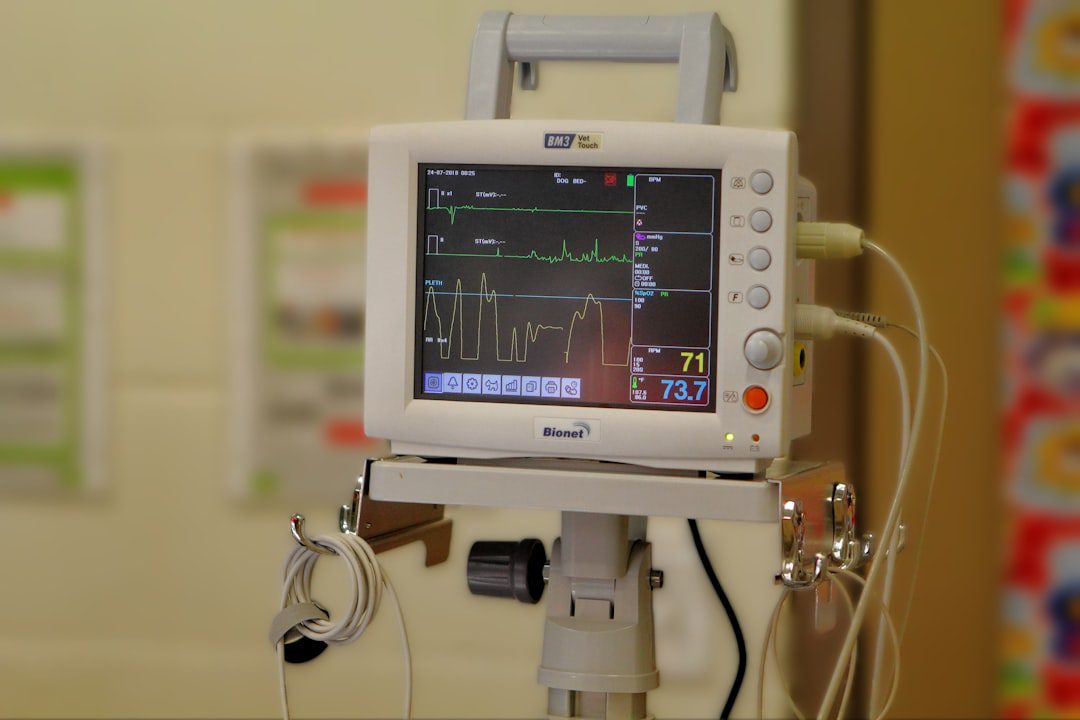
Overview of May 2025 Medical Device Recalls
May 2025 saw several significant FDA medical device recalls that directly impact critical patient care procedures, including craniotomies, infant ventilation, and resuscitation. These recalls underscore the ongoing importance of robust quality management systems and post-market surveillance for medical device manufacturers operating in high-risk therapeutic areas.
Why These Recalls Matter to Your Organization
The affected procedures—craniotomies, infant ventilation, and resuscitation—represent some of the most critical interventions in healthcare. When devices fail in these applications, the consequences can be life-threatening. For manufacturers, these recalls serve as stark reminders of several key compliance imperatives:
- Enhanced Risk Management: ISO 14971 requires continuous risk assessment throughout the product lifecycle
- Supplier Control: Many recalls stem from component failures, highlighting the need for stringent supplier qualification per ISO 13485
- Post-Market Surveillance: Early detection of field failures can minimize recall scope and patient impact
- Design Controls: Robust design verification and validation processes are critical for high-risk devices
Common Root Causes in Critical Care Device Recalls
Based on FDA recall patterns, medical device manufacturers should pay particular attention to these recurring failure modes in critical care applications:
Manufacturing Defects
Poor process controls during manufacturing can lead to inconsistent device performance. This is particularly problematic for devices used in emergency situations where reliability is paramount. Manufacturers must implement statistical process control and maintain detailed batch records per 21 CFR 820.184.
Design Inadequacies
Insufficient user interface design or inadequate consideration of use environments can lead to use errors during critical procedures. Human factors engineering per IEC 62366 is essential for devices used in high-stress clinical situations.
Component Failures
Critical components sourced from suppliers may not meet specifications, leading to device malfunctions. Robust supplier audits and incoming inspection procedures are mandatory under ISO 13485 Section 7.4.
Immediate Action Items for Manufacturers
In light of these May 2025 recalls, medical device manufacturers should take the following actions:
- Review Your Risk Management File: Conduct a fresh risk analysis for devices used in critical care settings, paying special attention to failure modes that could impact patient safety during emergency procedures.
- Audit Supplier Controls: Verify that critical component suppliers maintain appropriate quality systems and that your organization has robust incoming inspection procedures.
- Enhance Post-Market Surveillance: Strengthen your complaint handling procedures per 21 CFR 820.198 and ensure rapid escalation of field failures that could indicate systemic issues.
- Validate User Training: Ensure that instructions for use are clear and that users receive adequate training, particularly for devices used in emergency situations where time pressure is high.
Long-Term Compliance Strategy
These recalls highlight the need for a proactive approach to quality management. Consider implementing:
- Predictive Analytics: Use field data to identify potential failure modes before they result in recalls
- Enhanced Design Controls: Invest in more rigorous design verification and validation processes
- Regular Management Review: Ensure senior leadership regularly reviews quality metrics and post-market data per ISO 13485 Section 5.6
- Cross-Functional Teams: Establish multidisciplinary teams that include clinical expertise to better understand use environments
Regulatory Impact and Future Considerations
The FDA continues to scrutinize medical device manufacturers more closely, particularly for Class II and III devices used in critical care applications. These May 2025 recalls may influence future FDA guidance documents and inspection focus areas. Manufacturers should stay informed about regulatory trends and consider engaging with FDA through pre-submission meetings when developing new critical care devices.
Remember: proactive compliance management is always more cost-effective than reactive recall management. The investment in robust quality systems and risk management processes pays dividends in reduced regulatory exposure and enhanced patient safety.


No comments yet. Be the first to comment!